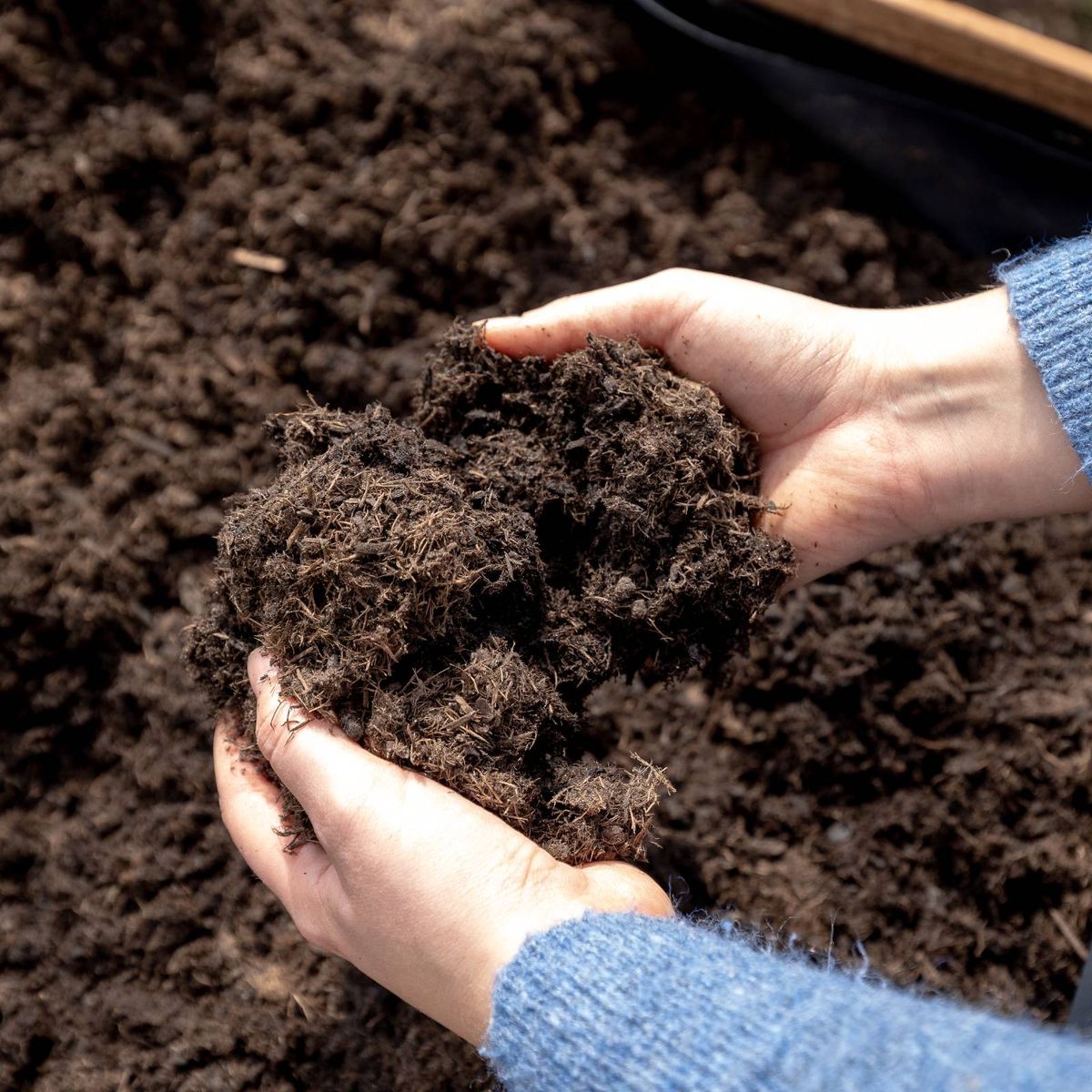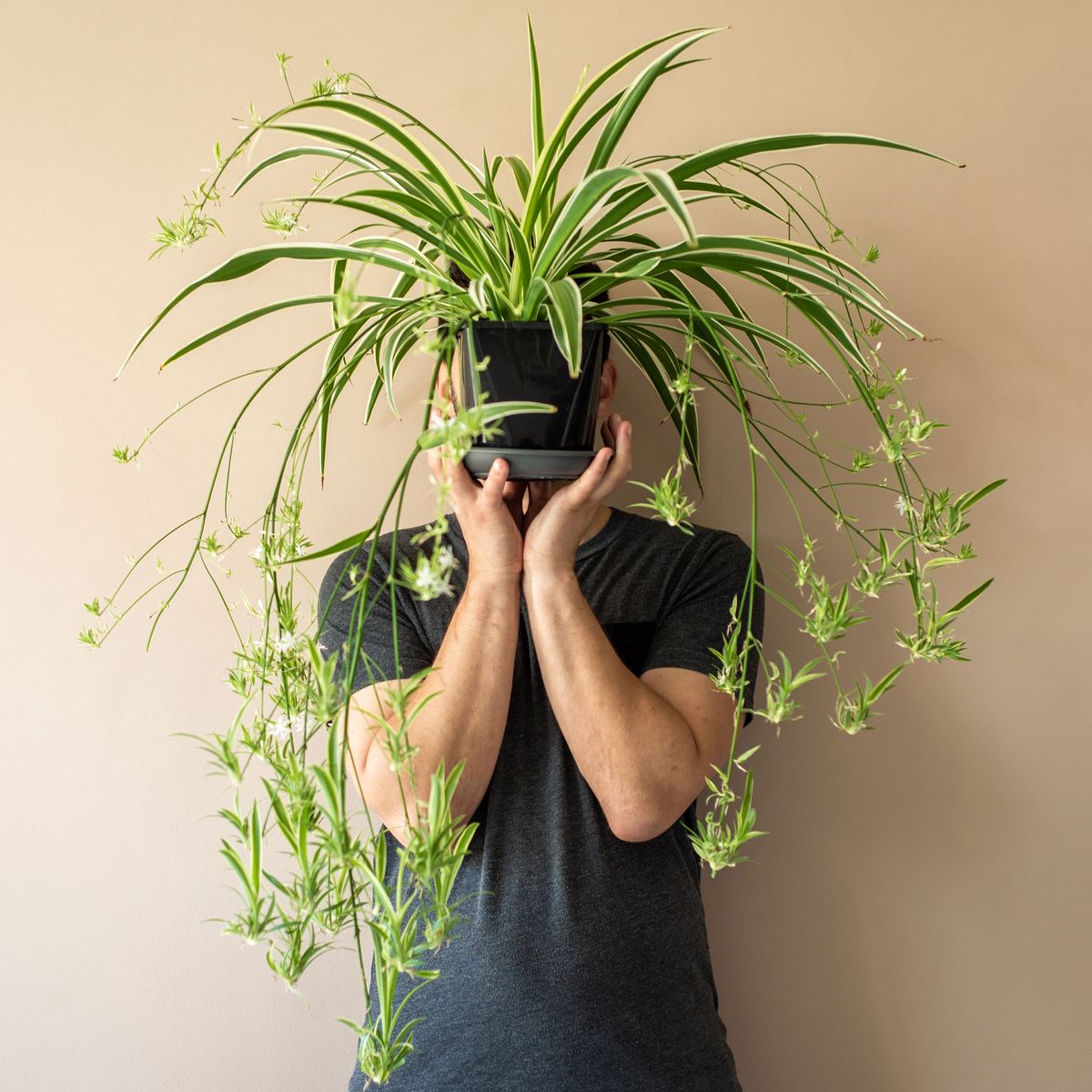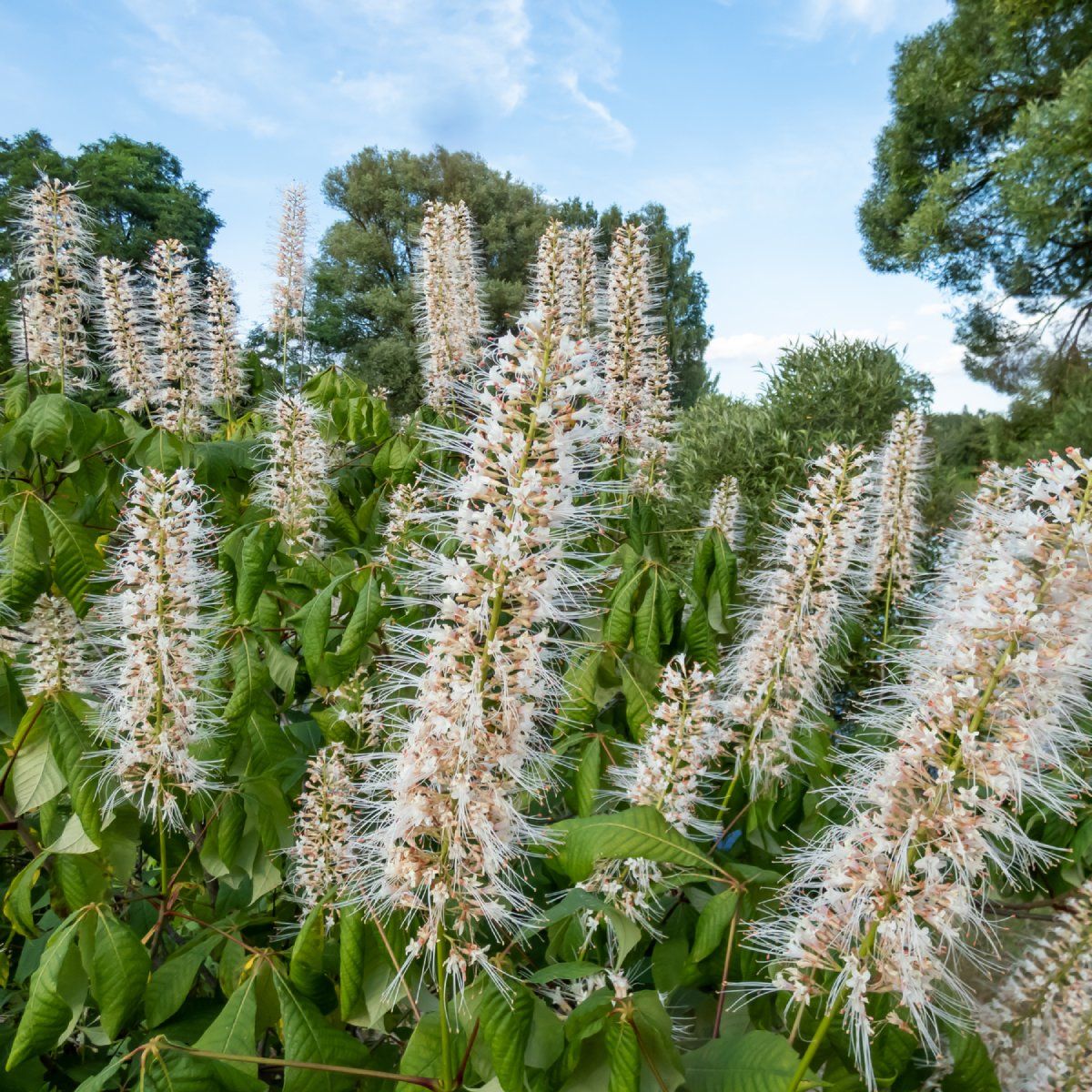The croton is a striking, easy-to-grow houseplant known for its variegated foliage of green, scarlet, orange, and yellow splotches. Here’s how to care for a croton in your home or garden.
About Croton
The croton, also called “garden croton,” is a stunning houseplant known for its vibrant foliage, brings a touch of the tropics indoors. Native to Southeast Asia and the Oceania, these evergreen shrubs boast leaves splashed with dramatic greens, yellows, oranges, and even reds. They come in a wide variety, with unique leaf shapes and color combinations. In the wild, they grow as large shrubs, reaching up to 10 feet tall (in the home or garden, they stay much smaller).
Beyond their captivating looks, crotons are generally easy to care for, making them ideal for both seasoned plant parents and enthusiastic beginners (see more great houseplants for beginners!). The key lies in mimicking their native tropical environment. They thrive in bright, indirect sunlight, mimicking the dappled light filtering through a rainforest canopy. Watering needs to be consistent, keeping the soil moist but not soggy. Think of it as a light rain shower that drenches the earth without flooding it. Regular misting can be a welcome addition, especially in drier climates, as crotons appreciate a moderate level of humidity.
So, if you’re looking for a houseplant that adds a pop of color and a touch of the tropics, look no further than the croton. With its stunning foliage and relatively easy care requirements, this vibrant plant is sure to become a focal point in your home. With proper care, your croton can live for many years, bringing its unique beauty to your home!
Note: All parts of this plant are poisonous—especially the seeds—so it is not recommended for use in homes with curious pets or children. When damaged, croton produces a milky sap that can irritate the skin, too.











